
Jelly Bean and Ice Cream Sandwich chomp Gingerbread
In with the new and out with the old. Well, almost. Jelly Bean and Ice Cream Sandwich are slowly taking Gingerbread's crown, running on 42.6 percent of all Android devices. The two-year old operating system only has a slight edge, of 3 percentage points, against the two newest sweets in the family, based on the number of devices accessing Google Play during the 14 days ending February 4.
Almost three months after Google released Android 4.2 Jelly Bean, the latest treat in the candy jar reached a 1.4 percent distribution level. Compared to the previous data set released by Google in early-January, the number is merely 0.2 percentage points higher, which translates into a 16.66 percent increase.
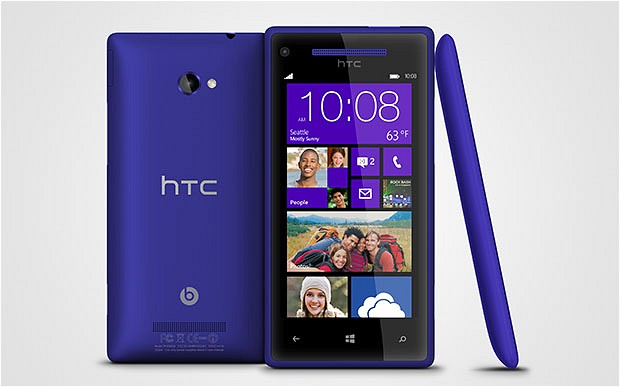
HTC Windows Phone 8X -- Purple madness [Review]
The HTC Windows Phone 8X is a smartphone that you will either love or not want to touch even with a 10 foot pole. Part of the arguments for and against it stem from the operating system of choice, Microsoft's latest (and greatest) Windows Phone iteration. Sure, the device has good build quality and the software is fluid and responsive, but the app selection is currently lacking compared to rivals like Android and iOS. So where does one draw the line between success and failure?
I've been using the Windows Phone 8X for almost two weeks and the early impressions are still on the positive side. In my initial review I touched on a number of points that I found revealing for my brief time with it, but the real test is how the Windows Phone 8X fares over a longer period of time. My main and initial gripes concern the limited app selection and general usability issues of Windows Phone 8 when coming from the stock flavor of Android 4.2 Jelly Bean. The real question is this: Is it good enough?
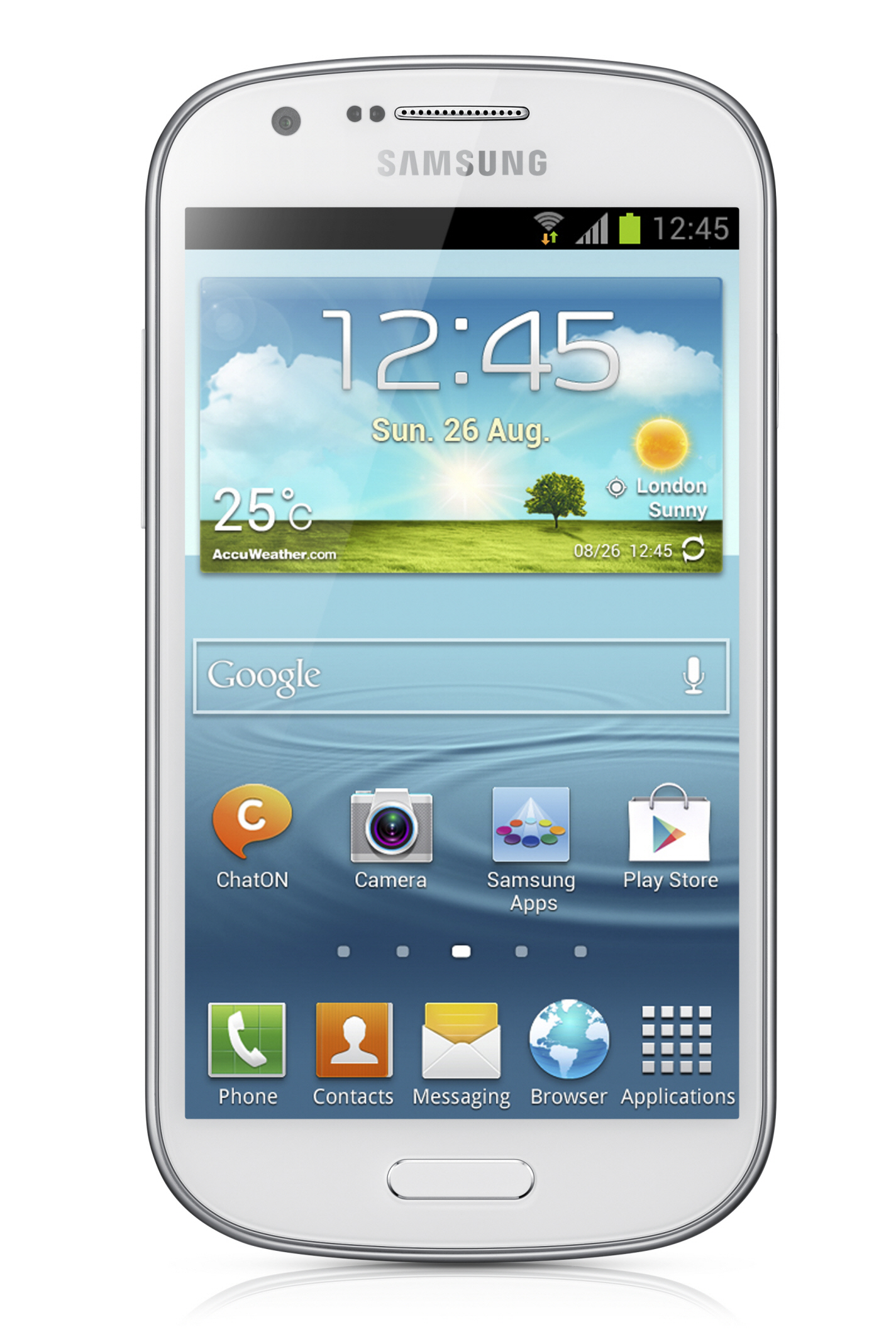
Samsung unveils the Galaxy Express, a rehashed and unexciting 4G LTE smartphone
Another day, another Galaxy smartphone. On Tuesday, Samsung unveiled a new handset as part of the company's ever expanding Galaxy lineup, this one dubbed the Galaxy Express.
The new device slots in-between the Galaxy S III Mini and the Galaxy S III, with similar design characteristics including the traditional rounded corners. Samsung could have named the new device the Galaxy S III Average, as the handset features a 4.5-inch Super AMOLED Plus display with a resolution of 800 by 480 and a 1.2GHz dual-core processor, both of which are in-between the specs of the two S-branded smartphones.
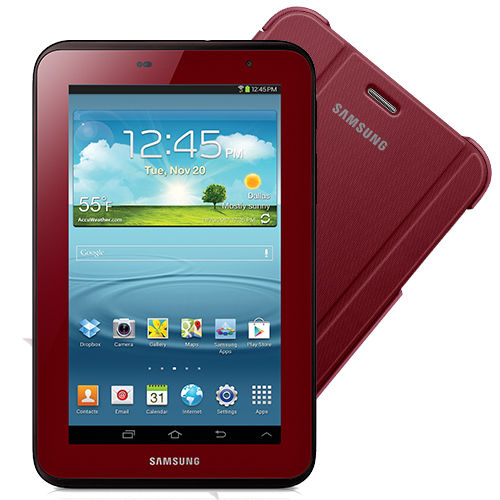
Samsung rolls out a limited edition Garnet Red version of the Galaxy Tab 2
Red seems to be the in color for mobile devices at the moment. First Verizon gave the world a red edition of Nokia's mid-range Lumia 822 smartphone, and now Samsung has introduced a Garnet Red version of its popular Galaxy Tab 2 slate. This isn't the first Samsung device to come in the bloody hue -- AT&T offered a Garnet Red edition of the Galaxy S III last summer.
Currently only available for the US market, the striking tablet comes with a matching case and Android 4.1 Jelly Bean onboard, in place of Ice Cream Sandwich. All the other specs remain the same, such as the 7 inch 1024 by 600 screen, 1GHz dual-core processor, 1GB RAM, and 8GB of internal storage.

Samsung Galaxy S II finally gets a dose of Android 4.1 Jelly Bean
Ever since leaked ROMs started to surface, more than two months ago, it was obvious that Samsung was planning to officially release Android 4.1 Jelly Bean for the popular Galaxy S II smartphone. The only question at the time was: When?
At the time of writing this article Android 4.1.2 Jelly Bean, build number JZO54K, is available for the international variant of the Galaxy S II (codename "I9100") in Spain, with other European markets likely to follow in the upcoming period. The available official distribution comes hot off the press as it ships with a January 14 time-stamp.
With the latest official build, Galaxy S II owners can expect a revamped Touch Wiz skin, with design cues borrowed from the Galaxy S III and Galaxy Note II user interfaces. The most noteworthy improvements over the previous build, based on Android 4.0 Ice Cream Sandwich, include Project Butter for increased responsiveness and fluidity, redesigned lockscreen, and new widgets, as well as an updated notification bar with a higher toggle selection.
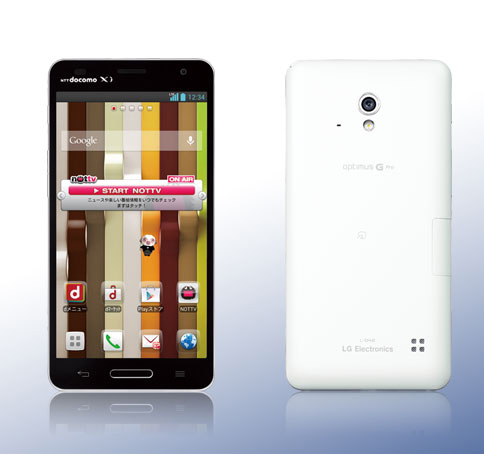
NTT DOCOMO spills the beans on the LG Optimus G Pro
On Tuesday, Japanese carrier NTT DOCOMO took the wraps off its new smartphone and tablet lineup, arriving in the Spring. From the significant number of new devices that will be launched starting from January 25, one stands out from the rest -- the new LG Optimus G Pro smartphone.
NTT DOCOMO's decision to unveil the Optimus G Pro shows unfortunate timing, seeing as on the same day LG revealed plans to introduce its current flagship handset, the Optimus G, into more than 50 new markets, starting with Singapore at the end of January.
Should Barack Obama stick with BlackBerry?
Barack Obama is now officially in his second term as President of the United States, following the January 20 inaugural swearing in. We have another four years of Obama, but does he have another four years of BlackBerry? He is by far the most profile Crackberry, in 2009 fighting to keep his smartphone in the face of opposition. (You think Apple losing that iPhone 4 in a bar was bad? Imagine the president leaving his handset behind.) But Obama is President and Commander-in-Chief and got to keep his Canadian gem.
But it's a new administration, and Obama appoints new cabinet members. Which of them is more important, gets more attention than his smartphone? So the question: Should he stick with BlackBerry or switch platforms?

CyanogenMod 10.1 M1 -- first monthly release -- is available
Keeping up with recent CyanogenMod tradition, the team behind the popular green droid custom distribution unveiled the first monthly release based on Android 4.2 Jelly Bean. The build is designed to offer users a stable experience, more suitable for daily use compared to the usual nightly builds.
CyanogenMod 10.1 M1 is currently available only for a limited number of devices, including the Google Nexus lineup (Nexus S, Galaxy Nexus, Nexus 7 including the 3G variant, Nexus 4 and Nexus 10), the US variants of the Samsung Galaxy S III, the Samsung Galaxy S (codename "galaxysmtd" and "galaxysbmtd"), the Samsung Galaxy Tab 2 7.0 (versions P3100 and P3110), the Samsung Galaxy Tab 10.1 (versions P5100 and P5110) as well as the Hardkernel ODROID U2 open development platform.
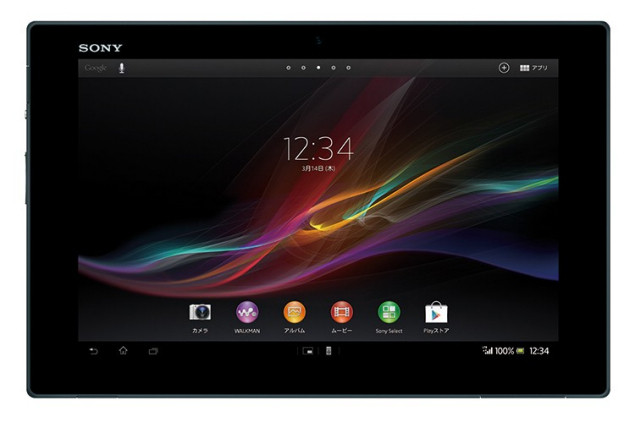
Sony Xperia Tablet Z says 'Hello' from Japan
Following the new smartphone flagships introduced at CES 2013, the Xperia Z and Xperia ZL, Japanese Android device manufacturer Sony has unveiled the successor to its Xperia Tablet S slate. Dubbed the Xperia Tablet Z, it sports a dust-proof and water-proof shell, and a lightweight and thin form factor.
The Xperia Tablet Z comes with a 10.1-inch display with a 1920 by 1200 resolution (known as WUXGA), backed by Sony's Mobile BRAVIA Engine 2 technology. The panel features a 16:10 aspect ratio, an interesting choice seeing as how Sony's own recent smartphones feature the narrower 16:9 aspect ratio for each of their respective screens.

Nexus 7 HSPA+ now comes with T-Mobile SIM
What interesting timing. Earlier today, I wrote about my very good experience exchanging a defective Nexus 7 HSPA+ at Google Play. My unit came with an AT&T SIM, but I pointed out the device also supports T-Mobile's data network. Either I missed, or Google Play added later today, an option to get a T-Mo SIM, too. Price is same for both: $299 plus tax (if applicable) and shipping.
Nexus 7 by far is my favorite tablet, by just about every measure: Performance, comfort in the hand, portability and all-around usefulness for consuming content and communicating (my preferred device for email social networking).

Converting an LG Optimus G into a Google Nexus 4? It can be done!
When Google unveiled the Nexus 4 in late-October, the resemblance to the LG Optimus G was quite obvious. Both smartphones are manufactured by LG and share mostly the same hardware specifications (bar the full-blown 4G LTE chip, different camera module, and extra internal storage found on LG's device). So why can't the Optimus G run software designed for the Google Nexus 4? Well, as of late, it can.
The advantages of "transforming" the LG Optimus G into a Google Nexus 4, in the software department that is, are quite clear. First and foremost, users can install various custom distributions such as AOKP Jelly Bean MR1 Build 1, CyanogenMod 10.1 or even light AOSP-based builds. Second, the LG Optimus G can actually be purchased from different carriers as well as online shops, whereas the Nexus 4 even today is out of stock at Google's Play Store -- which makes the former a suitable alternative to the latter's lack of market availability.
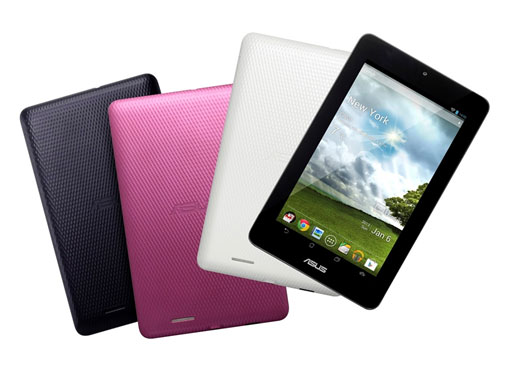
ASUS announces the MeMO Pad, a 7-inch Jelly Bean tablet for $149
ASUS waited until after CES to take the wraps off its MeMo Pad, and what it lacks in specs the Nexus 7 lookalike makes up for in price. With a wallet-friendly MSRP of $149, the MeMo Pad runs Android 4.1 Jelly Bean and is powered by a 1GHz VIA WM8950 CPU and Mali-400 GPU.
The device sports a 10-point multi-touch LED-backlit display with 1024 by 600 resolution, 8 or 16GB of internal storage, and a microSD card slot which will let you boost capacity by an additional 32GB.
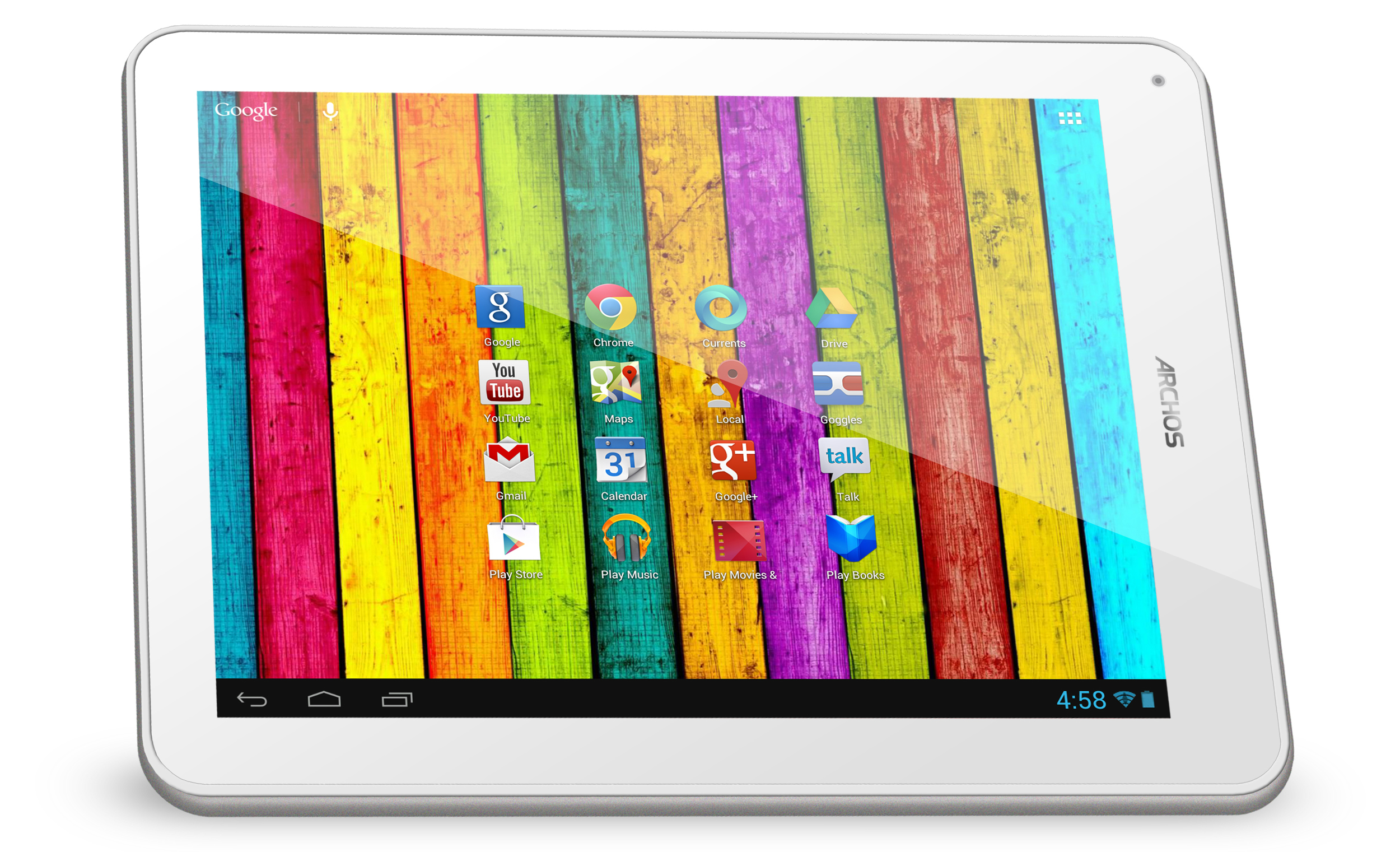
Archos slaps a price-tag on its Titanium tablet lineup
In late December, French consumer electronics company Archos unveiled the 97 Titanium HD, an Apple iPad 4-like tablet running Android 4.1 Jelly Bean, but failed to release any pricing information. Nearly three weeks later, at CES 2013, Archos has finally revealed the missing detail.
The French firm places the 97 Titanium HD as "an alternative to the new iPad" but without the intimidating price-tag. The 9.7-inch tablet will run for a more sensible EUR249, $249, or £199, depending on the market, half of what the newest iPad goes for. Archos also released pricing for the remaining Titanium lineup.
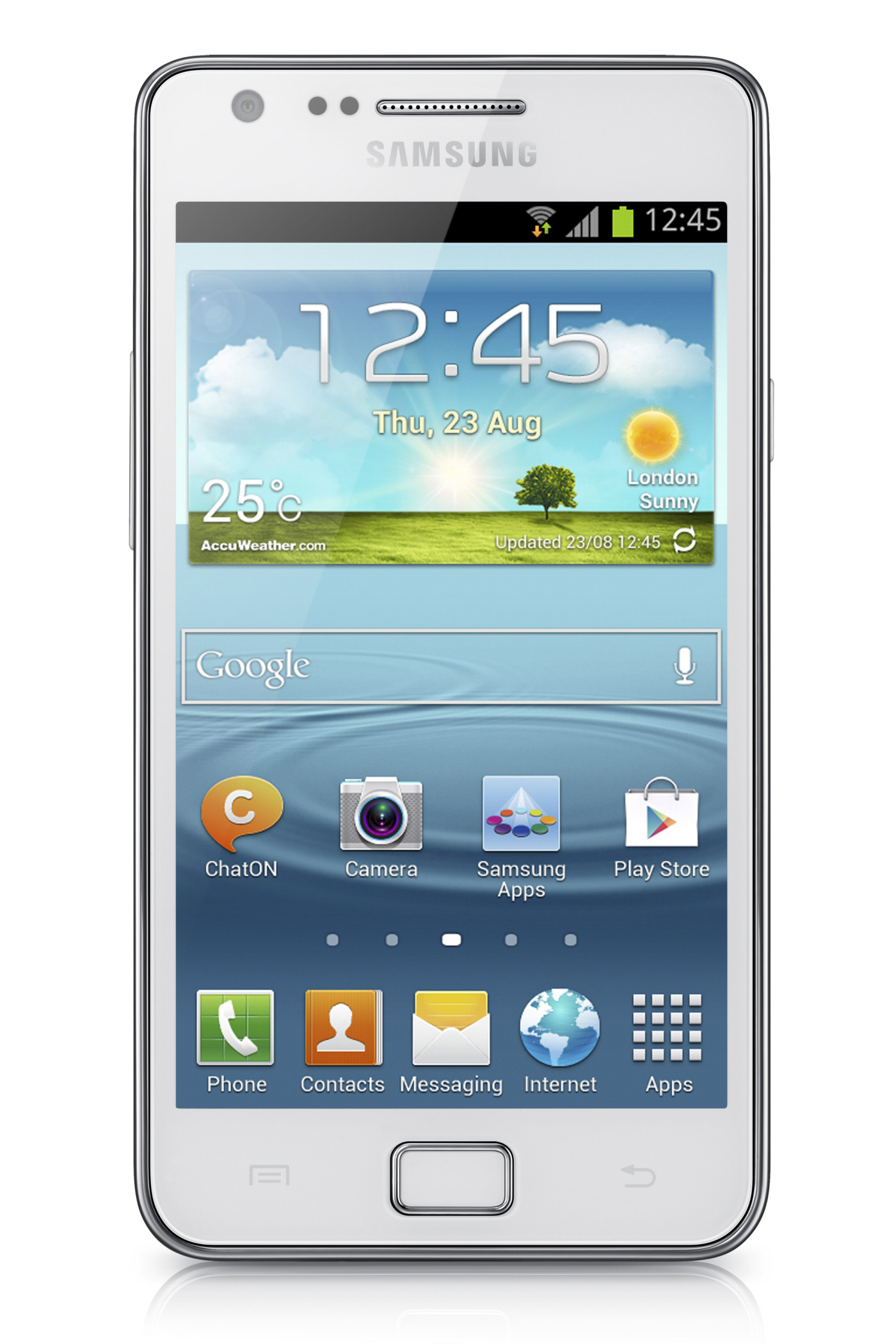
Samsung announces the Galaxy S II Plus, a revival of the older star
Far away from events unfolding at CES in Las Vegas, South Korean Android device manufacturer Samsung has unveiled a new device in its Galaxy smartphone lineup. Dubbed the Galaxy S II Plus, the new handset borrows familiar cues from the popular Galaxy S II, but with an added Android 4.1.2 Jelly Bean twist.
Samsung has decided to play it safe with the Galaxy S II Plus, as the new smartphone bears an uncanny resemblance to its sibling from 2011. The only apparent physical differences lie with the color choices. The Galaxy S II is available in black, pink and white, while the Galaxy S II Plus only comes in blue and white, embracing Samsung's Galaxy S III color palette. But what about the specs?
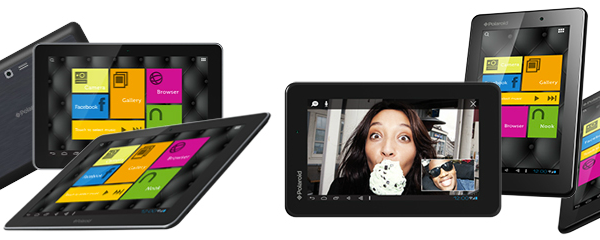
Polaroid introduces M7 and M10 tablets, running Android 4.1 Jelly Bean
Even though at CES 2013 manufacturers reveal some of the most high-tech products, such as 4k OLED TVs, which are, price-wise borderline unreachable for most consumers, there are some affordable and appealing devices, too. Case in point are Polaroid's M7 and M10 tablets that feature dual- and quad-core processors, respectively, as well as Android 4.1 Jelly Bean.
The US-based consumer electronics company aims for the stars by pitching the two tablets against more established market competitors. Polaroid aims at Apple's iPad Mini with the M7, while the larger M10 takes on Samsung's Galaxy Note 10.1 in the company's wishful thinking. On a more down-to-Earth note, the dual-core M7 packs 7-inch panel with 1280 by 800 resolution, giving it a pixel density of 216 ppi, among the highlights.
